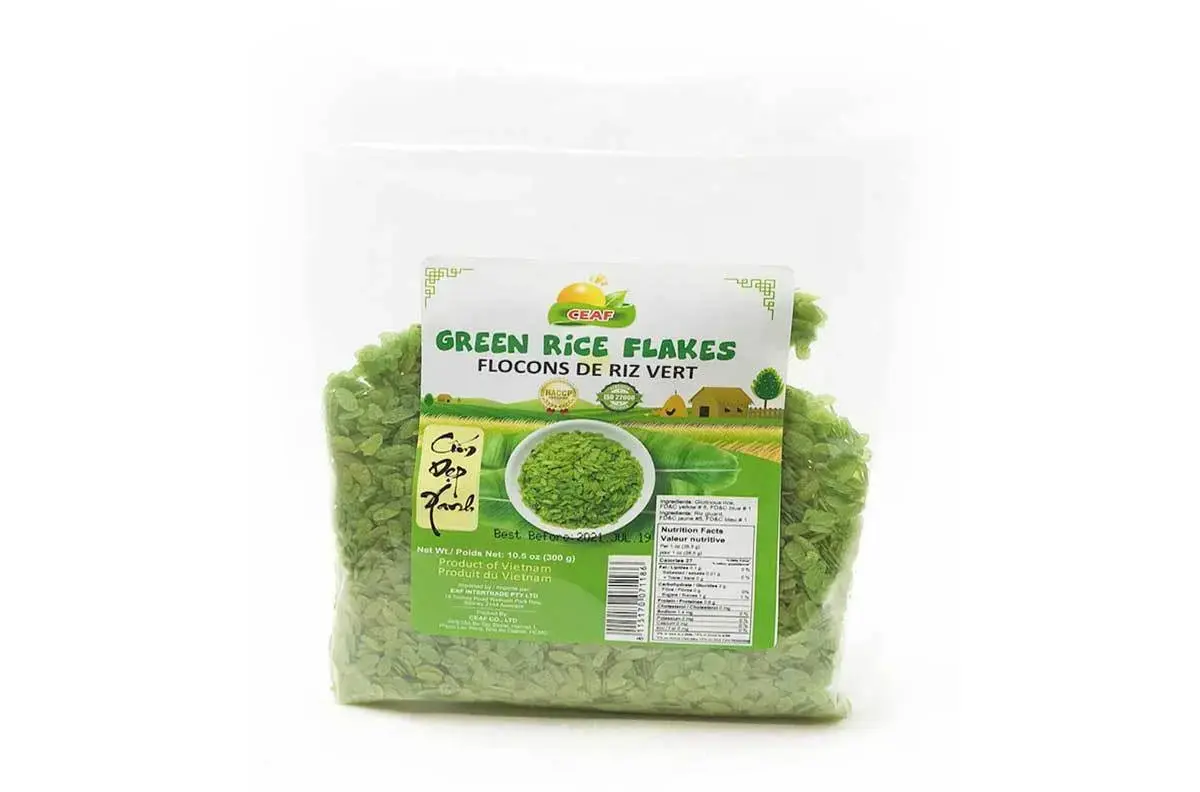
Innovative Tips for Rice Lovers to Elevate Your Grain Game
Rice is a beloved staple food enjoyed by billions around the world. Its versatility and ability to complement a wide range of dishes make it a kitchen essential. Yet, many home cooks struggle to achieve perfectly fluffy rice every time. These 10 innovative rice hacks will revolutionise your cooking, ensuring consistently delicious results. From unconventional cooking methods to clever tricks for enhancing flavour and texture, these tips cater to both novice cooks and seasoned chefs alike.
Discover how to transform leftover rice into mouthwatering gyoza-style dumplings, master the art of measuring rice accurately, and learn why steaming with a towel can make a difference. These hacks aim to simplify rice preparation while elevating its taste and presentation, making everyday meals more enjoyable for rice lovers everywhere.
1. The Perfect Ratio: Mastering Water-to-Rice Proportions
Achieving the ideal water ratio is crucial for cooking perfect rice. The standard ratio for most white rice varieties is 1:2, meaning one cup of rice to two cups of water. For brown rice and other whole grain varieties, the ratio typically increases to 1:2.5 or 1:3, as these types require more water and longer cooking times.
Here's a quick reference guide for common rice types:
|
Rice Type |
Water-to-Rice Ratio |
|
Long grain rice |
1:2 |
|
Short grain rice |
1:2 |
|
Basmati rice |
1:1.5 |
|
Brown |
1:2.5 |
|
Red |
1:2.25 |
|
Wild |
1:3 |
It's important to note that these ratios may vary slightly depending on the specific rice brand and cooking method. Some chefs prefer a slightly firmer texture, using a 1:1.5 ratio for white rice. When cooking rice on the stove, bring the water to boil water before adding the rice. Stir once, reduce heat to low, and cover. Cook for 18-20 minutes or until the water is absorbed.
For oven-baked rice, combine one cup of rice with 1.5 cups of boiling water in a casserole dish. Cover and bake at 200°C for 35 minutes. Let it sit for 10 minutes before fluffing. Experimenting with different ratios and cooking times can help rice enthusiasts find their preferred texture. Remember to adjust the ratio when using alternative liquids like broth or coconut milk for added flavour.
2. Rinse for Success: The Pre-Cooking Secret
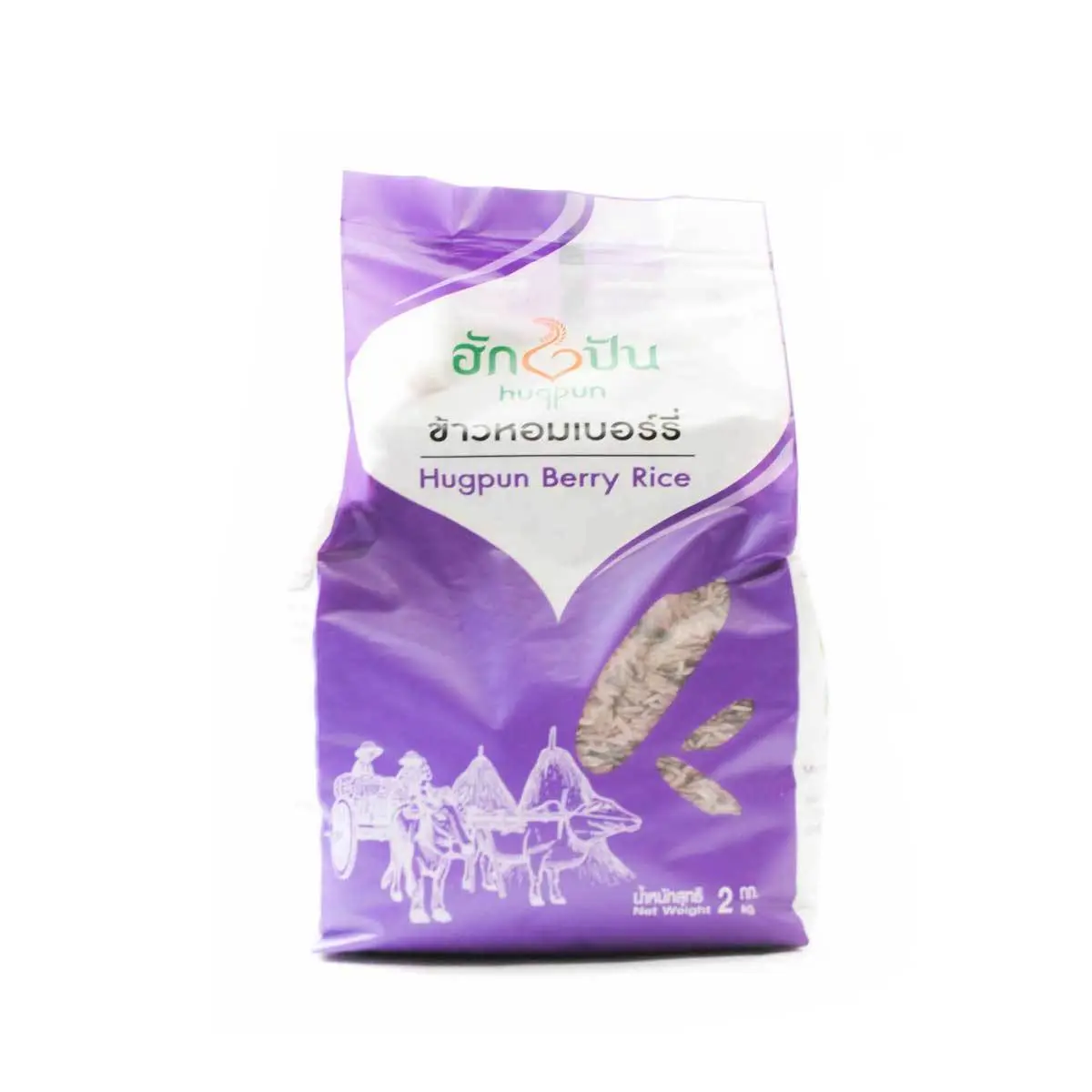
Rinsed rice before cooking is a crucial step that many home cooks overlook. This simple technique can significantly improve the texture and quality of cooked rice. The primary benefit of washing is the removal of excess starch from the rice grains. This process helps prevent the rice from becoming sticky or gummy when cooked.
To rinse rice effectively:
-
Place the rice in a fine-mesh strainer.
-
Run cold water over the rice for about 30 seconds.
-
Gently agitate the grains with your fingers to ensure even rinsing.
-
Continue rinsing until the water runs clear.
For particularly starchy rice varieties, such as short grain rice or sushi rice, multiple rinses may be necessary. This extra effort will result in perfectly separated grains and a more appealing texture. Some rice varieties benefit from a brief soak after rinsing. Soaking for 30 minutes can soften the grains and reduce cooking time. This step is particularly useful for longer-grain varieties or aged rice.
It's important to note that rinsing may remove some nutrients from enriched rice. However, the improved texture and cooking results often outweigh this minor drawback for many rice enthusiasts. By incorporating this simple rinsing technique into your rice preparation routine, you'll consistently achieve fluffier, more appetising rice dishes.
Sushi Night Made Easy: Japanese Rice Selection
Our Japanese Sushi Rice is here to make your rolls shine. With its perfect sticky texture and subtle sweetness, it's ideal for sushi, onigiri, and other Japanese delights. Bring the authentic taste of Japan to your kitchen – order now and roll like a pro!
3. Flavour Infusion: Cooking Rice in Broth
Cooking rice in broth is a game-changing technique that infuses each grain with rich flavour. This method transforms plain rice into a delicious side dish that complements any meal.
-
To start, replace water with broth when cooking rice. Vegetable, chicken, and beef broths are popular choices, each imparting its unique taste profile.
-
Vegetable broth adds a subtle, earthy flavour perfect for vegetarian dishes. Chicken broth creates a savoury rice that pairs well with poultry and light meats. Beef broth results in a robust, hearty taste that is ideal for red meat dishes.
-
For best results, use a heavy-bottomed pot to cook rice in broth. This ensures even heat distribution and prevents burning. Alternatively, a rice cooker works well for this method.
Here's a simple guide to cooking rice in broth:
-
Rinse 1 cup of rice
-
Add rice and 2 cups of broth to the pot
-
Boil water and rice mixture
-
Reduce heat, cover, and simmer for 18-20 minutes
-
Let stand for 5 minutes, then fluff with a fork
For added flavour, consider these optional additions:
-
Garlic cloves
-
Onion
-
Fresh herbs
-
A knob of butter
Experiment with different broths and seasonings to find your perfect flavour combination. This simple technique elevates everyday rice to a gourmet level with minimal effort.
4. The Towel Trick: Perfecting Moisture Control
The towel trick is a game-changer for rice lovers seeking perfectly cooked grains. This simple technique involves placing a clean kitchen towel between the pot and lid during the resting phase after cooking.
Here's how to execute this clever hack:
-
Cook rice as usual
-
Remove pot from heat
-
Drape a clean tea towel over the pot
-
Place the lid on top of the towel
-
Let rice rest for 10-15 minutes
The towel absorbs excess moisture, preventing condensation from dripping back onto the rice. This results in fluffier, more evenly cooked grains with improved texture.
This method works well for various rice types, including:
-
Long grain rice
For best results, use a thin cotton tea towel or cheesecloth. Avoid thick or synthetic fabrics that may interfere with the steaming process. The towel trick is particularly useful when cooking larger batches of rice or when using electric cookers that tend to retain more moisture. It helps achieve that perfect balance of tender yet separate grains.
Remember to exercise caution when removing the lid and towel, as hot steam will escape. Use oven mitts or kitchen tongs to safely handle the pot and towel.
5. Coconut Oil Magic: Adding Depth and Nutrition

Adding coconut oil to rice during cooking offers a simple yet effective way to enhance both flavour and nutritional value. This technique has gained popularity among health-conscious rice lovers. Research suggests that cooking white rice with coconut oil can reduce its caloric content by up to 50%. This reduction occurs due to changes in the rice's starch structure.
The process is straightforward:
-
Add 1 teaspoon of coconut oil per cup of rice
-
Cook rice as normal
-
Allow rice to cool before you eat
This method not only cuts calories but also infuses the rice with a subtle coconut flavour. It works well with both white and brown rice varieties. Brown rice, a staple food in many cultures, already boasts higher fibre and vitamin content than white rice. The addition of coconut oil further boosts its nutritional profile.
Coconut oil contains medium-chain triglycerides (MCTs), which may offer health benefits such as improved metabolism and increased satiety. However, it's important to use coconut oil in moderation due to its high saturated fat content. This rice hack doesn't significantly affect sodium levels, making it suitable for those monitoring their salt intake. It's a versatile technique that can be applied to various rice dishes, from simple steamed rice to more complex recipes.
6. Batch Cooking and Freezing: Time-Saving Rice Prep
Batch-cooking rice is a clever strategy for efficient meal planning. By preparing large quantities at once, rice lovers can save time and effort throughout the week.
-
To batch-cook rice, use a large pot or rice cooker to make several cups at once. Allow the cooked rice to cool completely before portioning it for freezing.
-
Divide the cooled rice into meal-sized portions. Freezer-safe containers or resealable plastic bags work well for storage. Press the rice flat in bags to maximise freezer space and facilitate quicker thawing.
-
For added convenience, freeze rice in a muffin tin. This method creates perfect single-serving portions, ideal for recipes or quick meals.
-
When freezing leftover rice from meals, ensure it's cooled and stored within two hours of cooking to maintain food safety.
-
Properly frozen rice can last up to six months, but it's best used within one to two months for optimal flavour and texture.
-
To reheat frozen rice, add rice to a bowl with a tablespoon of water and microwave for 2-3 minutes. Alternatively, warm it in a saucepan over medium-low heat with a splash of water or oil.
-
Frozen rice is versatile for quick meals. Use it in stir-fries, fried rice, soups, or as a side dish. It's also handy for recipes that call for pre-cooked rice.
By incorporating batch cooking and freezing into your routine, you'll always have rice ready for easy meal preparation. This method is super easy and allows you to rice ahead for busy weeks.
A World of Flavour: Exotic Rice Varieties Await
Embark on a global rice adventure! Experience the nutty richness of black rice or the delicate aroma of jasmine. Expand your palate and bring international flair to your kitchen. Start your flavour journey today!
7. The Oven Method: Hands-Off Rice Cooking
Cooking rice in the oven offers a hassle-free approach for those seeking consistent results without constant monitoring. This method proves particularly useful for preparing large batches of rice. To begin, one preheats the oven to 375°F (190°C). A 9x13-inch baking dish with a tight-fitting lid works well for most recipes.
Here's a simple guide to oven-baked rice:
-
Combine 1 cup of uncooked rice with 1 3/4 cups of boiling water in the baking dish
-
Add 2 tablespoons of butter and 1 teaspoon of salt
-
Cover tightly with foil or a lid
-
Bake for 22-27 minutes
After baking, let the rice rest for 5-10 minutes before fluffing with a fork. This technique produces perfectly cooked, fluffy rice every time. For those looking to add extra flavour, one can replace some of the water with stock or add herbs and spices before baking. This method also allows for easy incorporation of vegetables or proteins for a complete one-dish meal.
While not traditionally used for frying or as a flour substitute, oven-baked rice can serve as a versatile base for various dishes. This rice makes it ideal for use in stuffed vegetables or as a filling for baked dishes.
8. Leftover Rice Revival: Transforming Day-Old Rice
Day-old rice need not go to waste. With a few clever tricks, it can be transformed into delicious new dishes.
One popular option is fried rice. Heat a heavy-bottomed pot and add oil, vegetables, and leftover rice. Stir-fry until heated through and crispy. Consider adding frozen peas or a beaten egg for extra nutrition and flavour.
-
Rice pudding offers a sweet alternative. Simmer leftover rice with milk, sugar, and spices in a quality saucepan until creamy and fragrant.
-
For a quick snack, form rice balls with seasonings and deep-fry until golden. These crispy treats are perfect for using up a small amount of rice.
-
Leftover rice can also be used to bulk up soups or stews. Add it towards the end of cooking to prevent mushiness.
-
When reheating plain rice, sprinkle water over it before microwaving to restore moisture. Cover and heat in short bursts, stirring occasionally.
-
Rice cakes provide another tasty option. Mix leftover rice with eggs and seasonings, then pan-fry until crispy on both sides.
-
For a breakfast twist, try rice porridge. Simmer leftover rice with extra liquid and toppings of choice until creamy and comforting.
These methods are super easy and breathe new life into day-old rice, reducing food waste and creating delicious meals in the process.
9. Aromatics Infusion: Elevating Rice with Herbs and Spices
Rice lovers can transform plain grains into gourmet dishes by infusing them with aromatic herbs and spices. This technique adds depth and complexity to rice, making it a standout component of any meal.
Fresh herbs like basil, cilantro, and parsley bring vibrant flavours to rice. Chop them finely and stir them in just before serving for maximum impact. Dried herbs can be added during cooking for a more subtle taste.
Spices offer endless possibilities for customisation. Popular options include:
-
Cardamom
-
Cinnamon
-
Cloves
-
Cumin
-
Turmeric
Add whole spices to the cooking water for a gentle infusion, or use ground spices for a more intense flavour. Aromatics like garlic, ginger, and shallots create a flavourful base. Sauté them in oil before adding the rice to coat the grains with their essence. Lemon zest adds a bright, citrusy note that complements many dishes.
For a tropical twist, replace some of the cooking water with coconut milk. This imparts a subtle sweetness and creamy texture to the rice. Seasoning is crucial for well-balanced rice. Salt enhances all flavours, while a dash of black pepper adds a mild heat. Experiment with different combinations to find your perfect blend.
Consider cooking rice in broth instead of water for an extra layer of flavour. Vegetable, chicken, or beef stock can dramatically improve the taste profile of any rice dish.
10. The Pressure Cooker Shortcut: Quick and Easy Rice
Pressure cookers offer a game-changing solution for rice lovers seeking efficiency. These versatile appliances can significantly reduce cooking time while delivering perfectly cooked grains.
-
To achieve optimal results, follow a 1:1 ratio of rice to water for white rice. For brown rice, use a 1:1.25 ratio. Add a dash of oil to prevent sticking and enhance the texture.
-
Rinse the rice thoroughly before cooking to remove excess starch. This step ensures fluffier, less sticky results.
-
For white rice, set the pressure cooker to high pressure and cook for 3-4 minutes. Allow a natural pressure release for 10 minutes before opening the lid.
-
Brown rice requires a longer cooking time. Set the pressure cooker to high pressure for 22 minutes, followed by a 10-minute natural pressure release.
Pro tip: For added flavour, replace water with broth or add herbs and spices before cooking.
Pressure cooker rice storage:
-
Cool completely before storing
-
Keep it in an airtight container
-
Refrigerate for up to 5 days
-
Freeze for up to 6 months
By mastering these pressure cooker techniques, rice lovers can enjoy perfectly cooked grains in a fraction of the time, making meal preparation more efficient and enjoyable. This method is particularly useful for cooking raw rice quickly and easily.
One important tip to keep in mind is to wait patiently after cooking. Letting the rice rest for 5-10 minutes after cooking allows the moisture to distribute evenly, resulting in fluffier rice. This brief wait time can make a significant difference in the final texture of your rice.
Grain Perfection: Elevate Your Rice Experience
Discover our curated collection of premium rice varieties. From healthy brown rice to sticky glutinous rice, each grain is selected for superior taste and texture. Explore our premium rice selection and taste the difference quality makes!
Key Takeaways

Rice lovers can elevate their cooking game with these innovative hacks. Experimenting with different water-to-rice ratios can yield perfect texture every time. The TikTok pasta method offers a unique approach to cooking rice, ensuring fluffy results. Rinsing rice before cooking removes excess starch, leading to less sticky grains.
Using an instant rice cooker simplifies the process and delivers consistent outcomes. Adding flavour enhancers like herbs or spices during cooking infuses rice with a delicious taste. Leftover rice can be transformed into crispy treats using the TikTok rice hack recipe. Proper storage techniques help maintain rice quality and extend its shelf life.
These hacks not only improve rice quality but also make cooking more enjoyable. Trying different methods allows cooks to find their preferred techniques. With practice, these tips can streamline the rice cooking process, saving time and effort in the kitchen. Rice lovers are encouraged to test these hacks and discover new favourites.
Don't limit yourself to just plain rice dishes. Cooked rice is an excellent base for a variety of meals. Try incorporating it into curries for a hearty dinner, or use cold rice to create refreshing salads for a light lunch option. The versatility of rice means you can enjoy it in countless ways throughout your culinary adventures.
 Fruit & Vegetables
Fruit & Vegetables Meat
Meat Bakery
Bakery Egg & Dairy
Egg & Dairy Rice, Rice Paper & Noodles
Rice, Rice Paper & Noodles Pantry
Pantry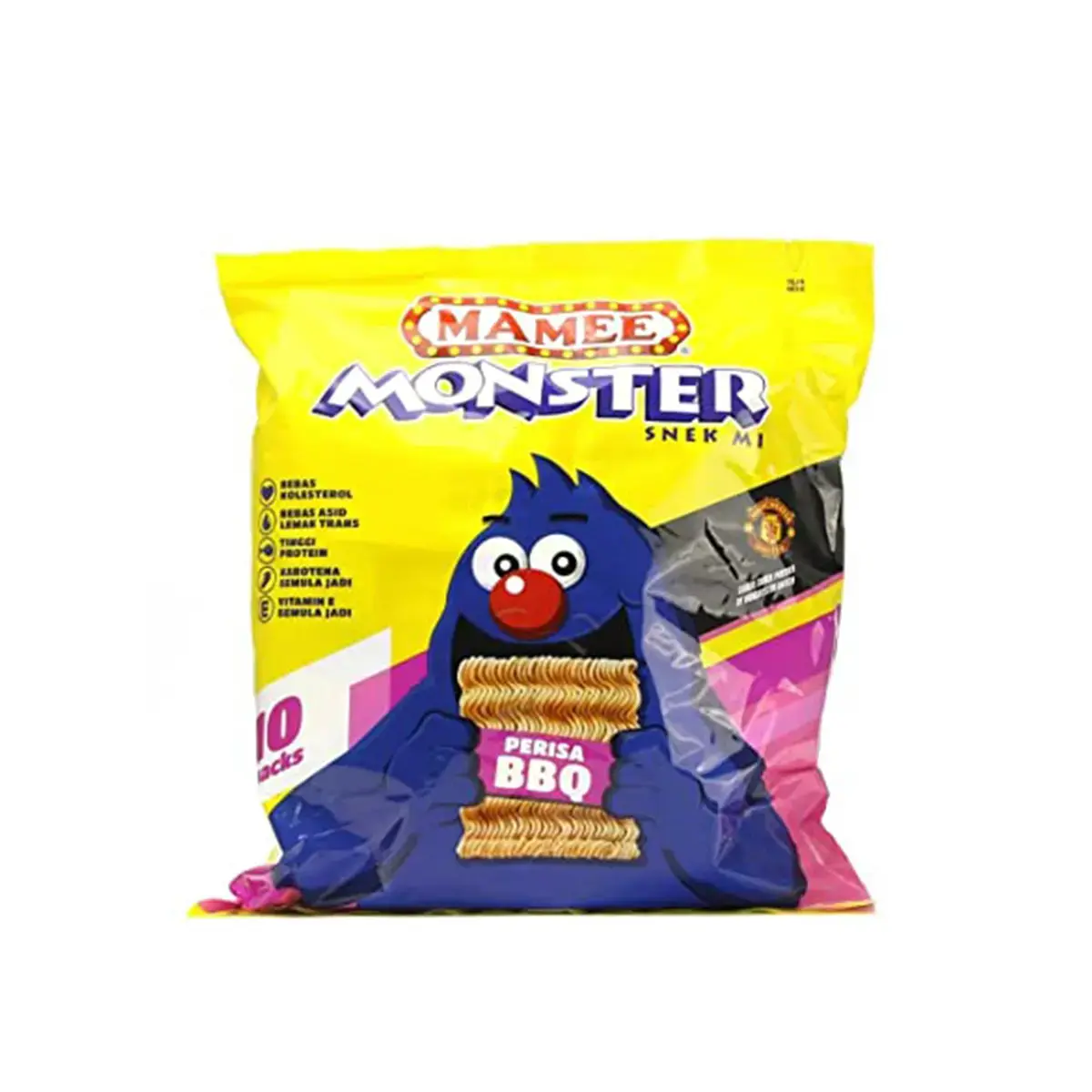 Snacks & Confectionary
Snacks & Confectionary Dessert Ingredients
Dessert Ingredients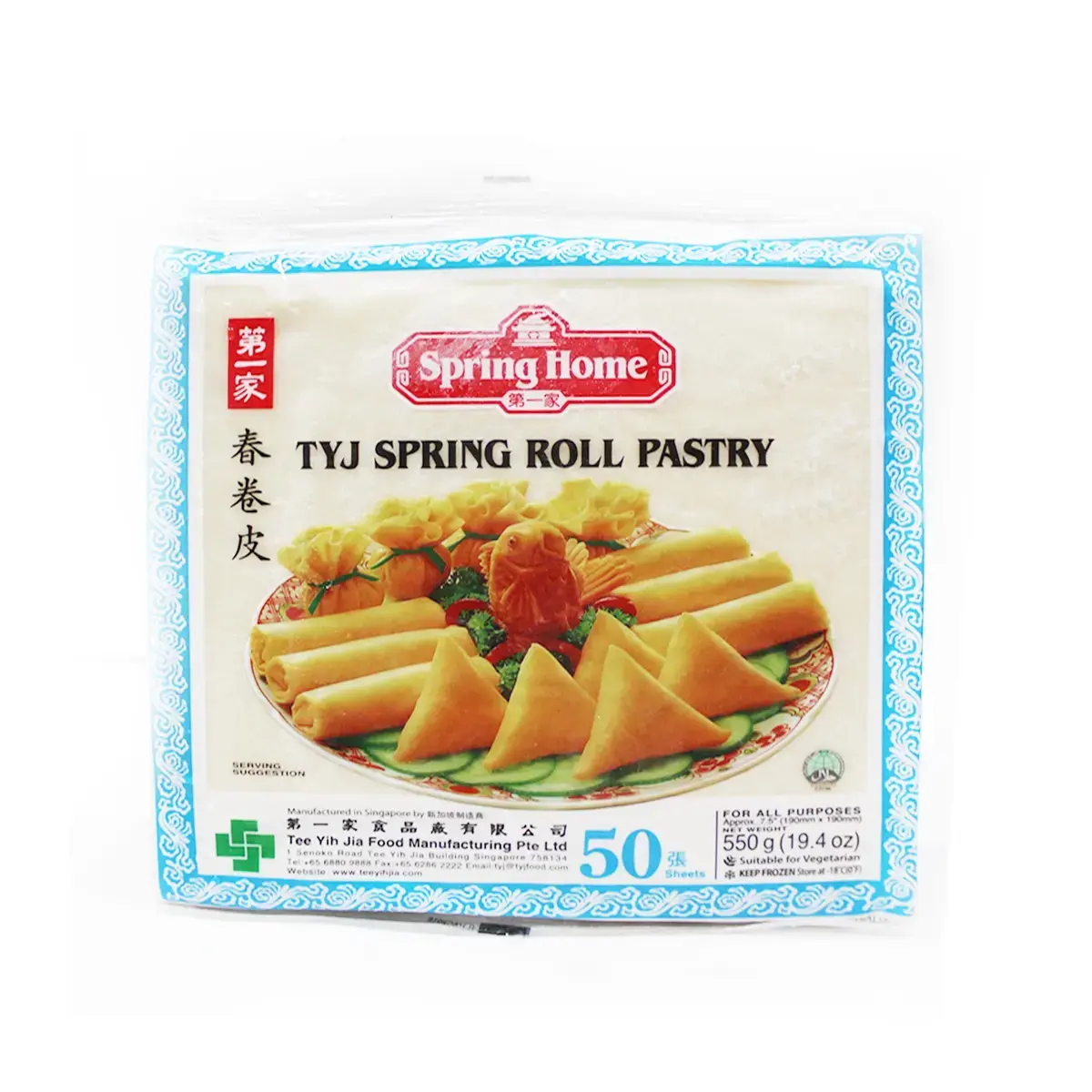 Refrigerated & Frozen
Refrigerated & Frozen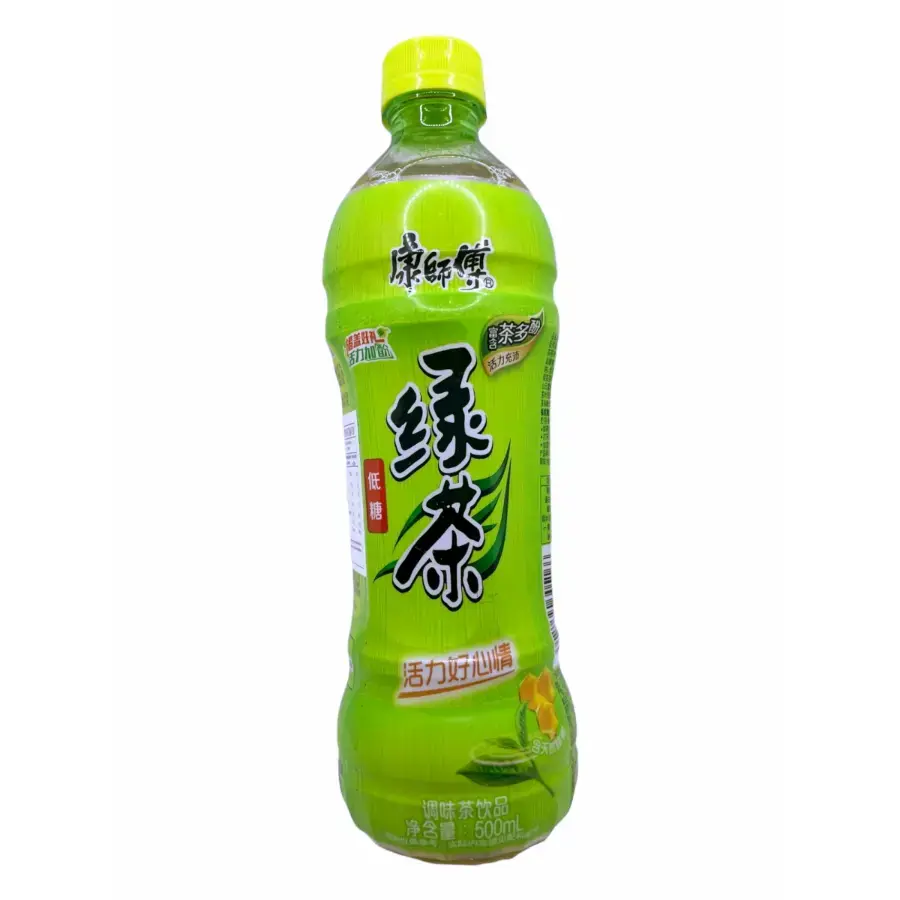 Drink
Drink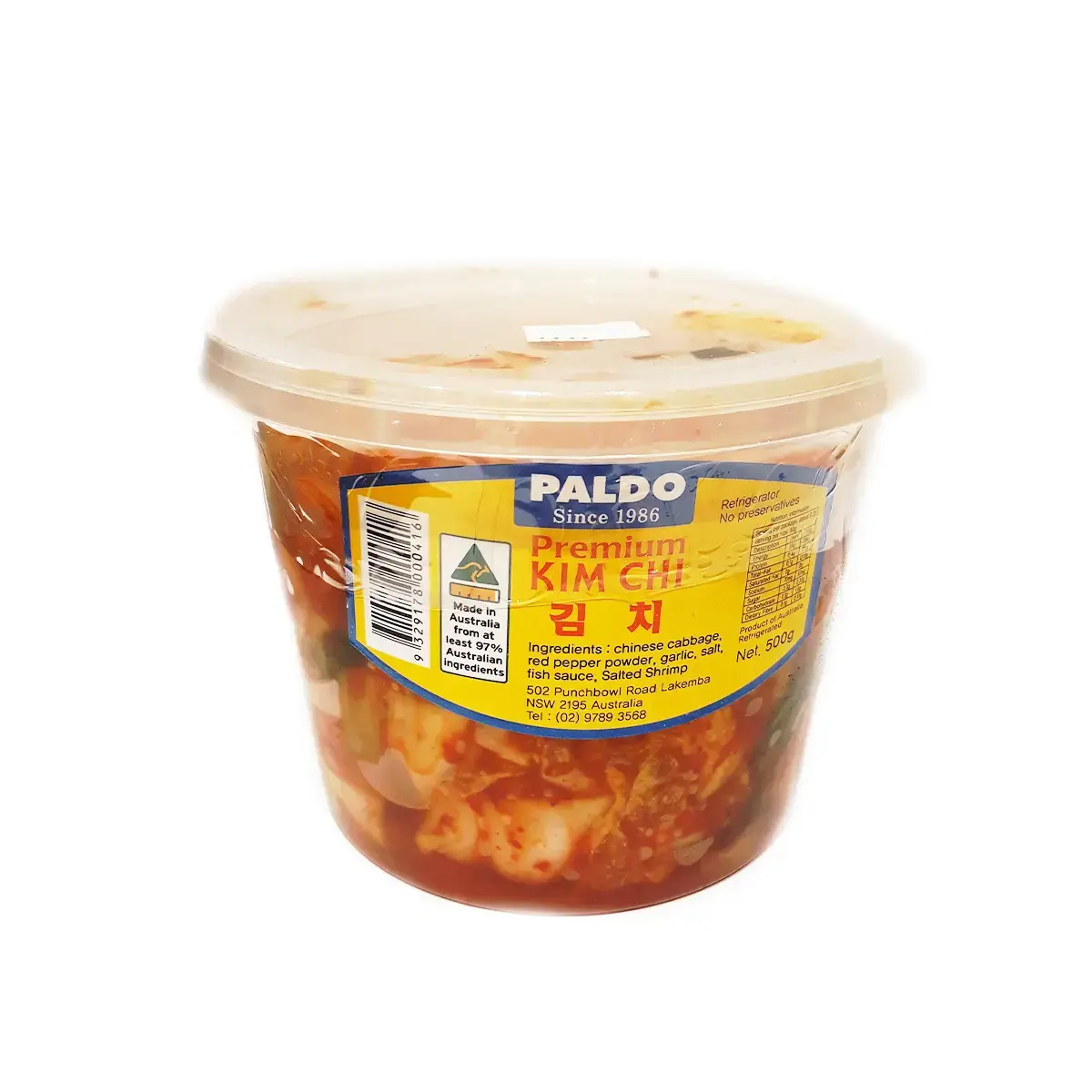 Korean/ Japanese
Korean/ Japanese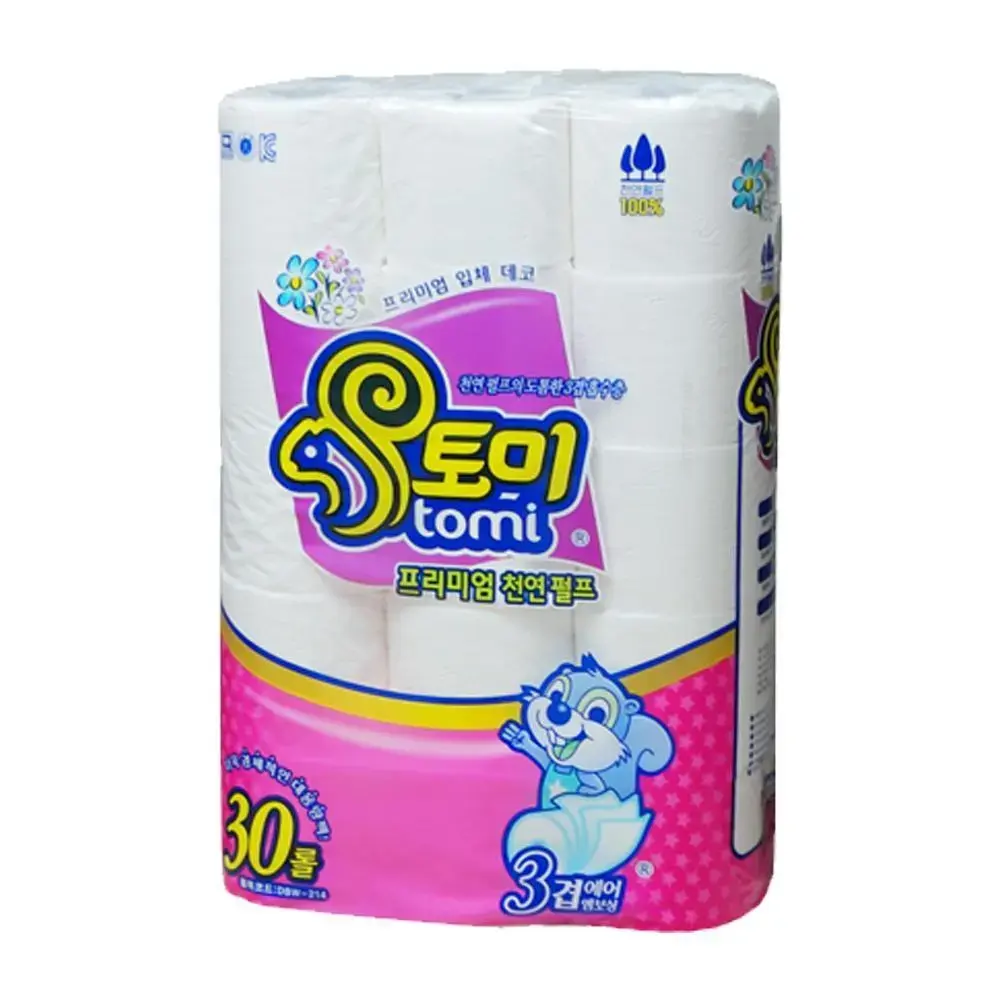 Household
Household Bulk/ Wholesale
Bulk/ Wholesale